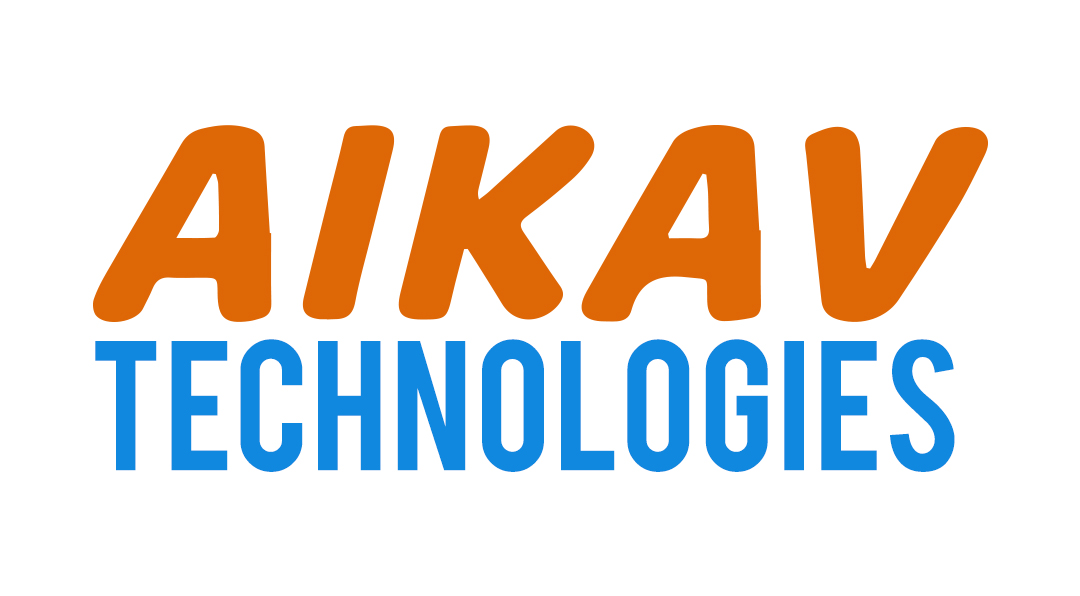
As AI becomes integral to web experiences, Drupal 10 developers are increasingly looking to create custom modules that harness the power of AI. Whether it’s content generation, intelligent tagging, or real-time suggestions, integrating AI into your module can supercharge your site's functionality.
This tutorial will walk you through creating a basic AI-powered custom module in Drupal 10 that connects to the OpenAI API and allows content editors to generate AI-written content from the node edit form.
🧱 Prerequisites
Before starting, ensure you have:
Drupal 10 installed and running
Composer available
An OpenAI API key (you can get one from https://platform.openai.com)
Basic PHP and Drupal module development knowledge
📁 Step 1: Create the Module Structure
In your /modules/custom directory, create a new folder:
Inside this folder, create these files:
ai_writer.info.ymlai_writer.routing.ymlai_writer.modulesrc/Form/AIContentForm.php
✅ ai_writer.info.yml
✅ ai_writer.routing.yml
✅ ai_writer.module
This file can remain empty or include basic hooks if needed. For now:
<?php
/**
* @file
* AI Writer module.
*/
Create the form that interacts with the OpenAI API:
✅ src/Form/AIContentForm.php
Note: Replace 'YOUR_OPENAI_API_KEY' with your real API key.
📦 Step 3: Install the Module and Use It
Clear cache:
Enable the module:
Visit
/admin/ai-writerto use your form.
You can now input any prompt, and the AI will return generated text.
🧪 Optional: Add AI to Node Editor
You can go further by:
Hooking into
hook_form_FORM_ID_alter()to add the AI text area to node forms.Adding CKEditor buttons for inline AI generation.
Saving the generated text as part of a field on the node.
🔐 Security & Best Practices
Store your API key securely using Drupal's config system.
Rate limit or restrict who can access the AI features.
Validate API responses to prevent misuse or bad output.
🧠 Final Thoughts
Building a custom AI-powered module in Drupal 10 opens up exciting possibilities—from automating workflows to enhancing editorial creativity. With tools like OpenAI, you can extend Drupal far beyond traditional CMS boundaries.
